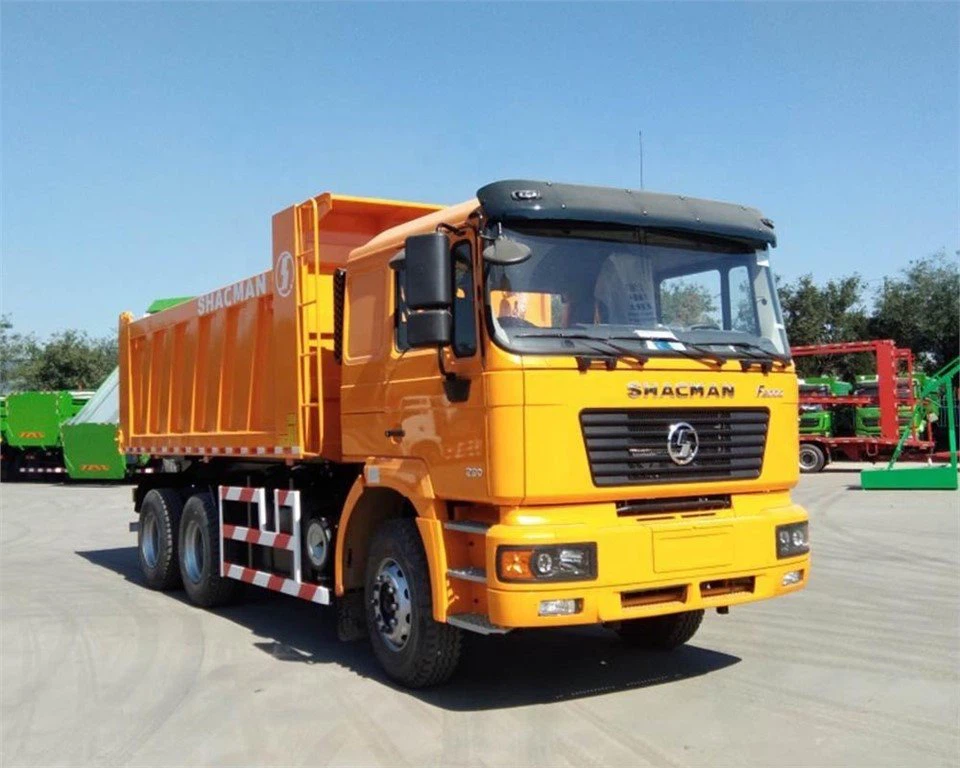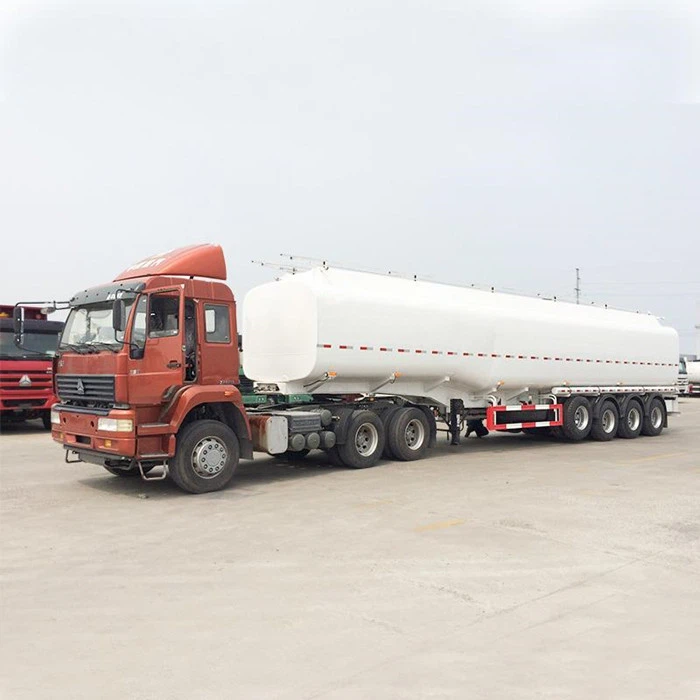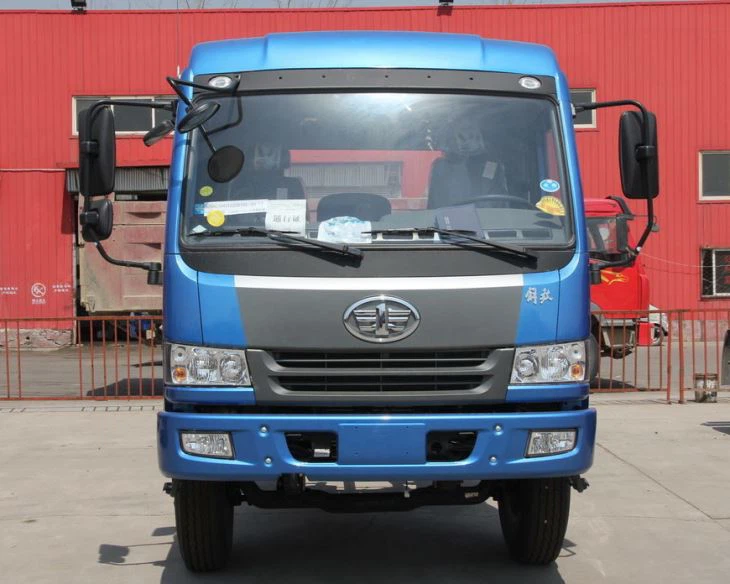Everything You Need to Know About Garbage Truck Bodies

Introduction
Garbage trucks play an essential role in our daily lives by ensuring that waste is efficiently collected and transported for proper disposal or recycling. However, the effectiveness of these trucks largely depends on their bodies, which vary in design and functionality. This article delves into the various types of garbage truck bodies, their features, and practical tips for selecting the right one for your needs. We will explore the technology, materials, and trends that influence garbage truck bodies today.

Understanding Garbage Truck Bodies
What is a Garbage Truck Body?
A garbage truck body is the component of the vehicle designed to collect, compact, and transport waste materials. These bodies come in various shapes and sizes, tailored for different types of waste and collection scenarios.
Key Components of a Garbage Truck Body
- Container: The main compartment where the waste is collected.
- Loader: Mechanism used to load waste into the container, can be manual or automatic.
- Compaction System: Compresses waste to maximize space within the container.
- Chassis: The vehicle framework that supports the body.
- Discharge Mechanism: Allows for easy unloading of waste materials.
Types of Garbage Truck Bodies
1. Rear Loader Garbage Trucks
Rear loader garbage trucks are equipped with a container at the back and a compaction system that allows for efficient waste collection. They are suitable for residential areas where space is limited.
Features
- Compact design
- Load from the rear using a mechanical arm or manually.
- Ideal for areas with limited access.
2. Front Loader Garbage Trucks
Front loader garbage trucks are designed for commercial waste collection. They have large containers at the front where waste is loaded using a hydraulic system.
Features
- High capacity
- Versatile and suitable for various waste types.
- Requires adequate space for operation.
3. Side Loader Garbage Trucks
Side loader garbage trucks are equipped with arms that extend out to collect waste from the side. These are popular for both residential and commercial applications.
Features
- Efficient for curbside collection.
- Minimizes worker injury risks.
- Allows for faster collection times.
4. Automated Garbage Trucks
Automated garbage trucks use advanced technologies for waste collection, reducing the need for manual labor. These trucks often feature robotic arms controlled by the driver.
Features
- Increases safety for operators.
- Reduces operational costs over time.
- Improves efficiency in waste collection.
Materials Used in Garbage Truck Bodies
Garbage truck bodies are made from various materials, each offering distinct advantages and disadvantages.
1. Steel
Steel is robust and offers high durability, making it a popular choice for garbage truck bodies.
Pros
- Strong and durable
- Cost-effective
Cons
- Prone to rust if not properly maintained
- Heavier than other materials
2. Aluminum
Aluminum is lightweight but highly resistant to corrosion, thus increasing the overall efficiency of garbage trucks.
Pros
- Lightweight
- Resistant to corrosion
Cons
- More expensive than steel
- Less durable against impacts
3. Composite Materials
Composite materials combine different elements to provide enhanced strength and reduced weight.
Pros
- Light yet strong
- Corrosion resistant
Cons
- Higher production costs
- Less commonplace than steel or aluminum
Choosing the Right Garbage Truck Body
Selecting the right garbage truck body depends on various factors, including the type of waste, the area of operation, and budget. Here are some guidelines:
1. Identify Waste Type
Determine whether you will be collecting residential, commercial, or industrial waste. Each type may require a different style of truck body.
2. Consider the Operating Environment
Evaluate the terrain and access points of your collection area. Narrow streets might benefit from a rear loader, while open spaces could accommodate front loaders more effectively.
3. Analyze Load Capacity
Estimate the volume of waste you will handle and choose a truck body that can manage the load without strain.
4. Factor in Budget
Establish a budget that encompasses not just the purchase cost but also maintenance, fuel efficiency, and potential resale value.
Table: Cost Comparison of Garbage Truck Bodies
| Type of Body | Average Cost | Maintenance Cost | Estimated Lifespan |
|---|---|---|---|
| Rear Loader | $150,000 | $2,500/year | 10 years |
| Front Loader | $180,000 | $3,000/year | 12 years |
| Side Loader | $160,000 | $2,800/year | 11 years |
| Automated | $250,000 | $4,000/year | 15 years |
Innovations in Garbage Truck Body Design
Recent innovations in garbage truck body design have led to greater efficiency and safety. Let’s explore some impactful advancements:
1. Smart Technology Integration
Smart garbage trucks now feature IoT devices for real-time tracking, route optimization, and data analytics on waste collection patterns. This technology allows for better resource management.
2. Enhanced Safety Features
Newer designs incorporate features such as rear-view cameras, blind spot monitoring, and automatic braking systems to reduce accidents.
3. Eco-Friendly Bodies
As sustainability becomes increasingly important, many manufacturers are creating eco-friendly garbage truck bodies made from recycled materials and designed for energy efficiency.
Maintenance Tips for Garbage Truck Bodies
Maintaining a garbage truck body is crucial for longevity and performance. Here are some tips:
1. Regular Inspections
Perform routine inspections of the body for signs of wear and damage, particularly on compaction mechanisms and loading arms.
2. Clean the Body
Regular washing can help prevent rust and corrosion. Pay special attention to the undercarriage and compaction area where debris often accumulates.
3. Lubricate Moving Parts
Ensure that joints and moving parts are adequately lubricated to maintain smooth operation and prevent excessive wear.
4. Document Repairs

Keep detailed records of all repairs and maintenance activities. This documentation can help track performance and is useful when considering resale.
Frequently Asked Questions (FAQ)

1. What is the average lifespan of a garbage truck body?
The average lifespan of a garbage truck body ranges from 10 to 15 years, depending on the type and maintenance.
2. How often should garbage trucks be maintained?
Garbage trucks should undergo maintenance at least every 3,000 to 5,000 miles, with deeper inspections typically scheduled annually.
3. Are automated garbage trucks worth the investment?
Automated garbage trucks can reduce labor costs and improve safety, making them a worthwhile investment for larger waste management operations.
4. Can I customize a garbage truck body?
Yes, many manufacturers offer customization options to better meet specific operational needs, such as varying compaction systems or load capacities.
5. What are the benefits of using aluminum bodies over steel?
Aluminum bodies are lighter, which can improve fuel efficiency, and they are resistant to rust, reducing maintenance costs over time.
6. How do I choose the right type of garbage truck for my business?
Consider the type of waste, frequency of collection, space restrictions, and budget when selecting the appropriate garbage truck type for your business.
